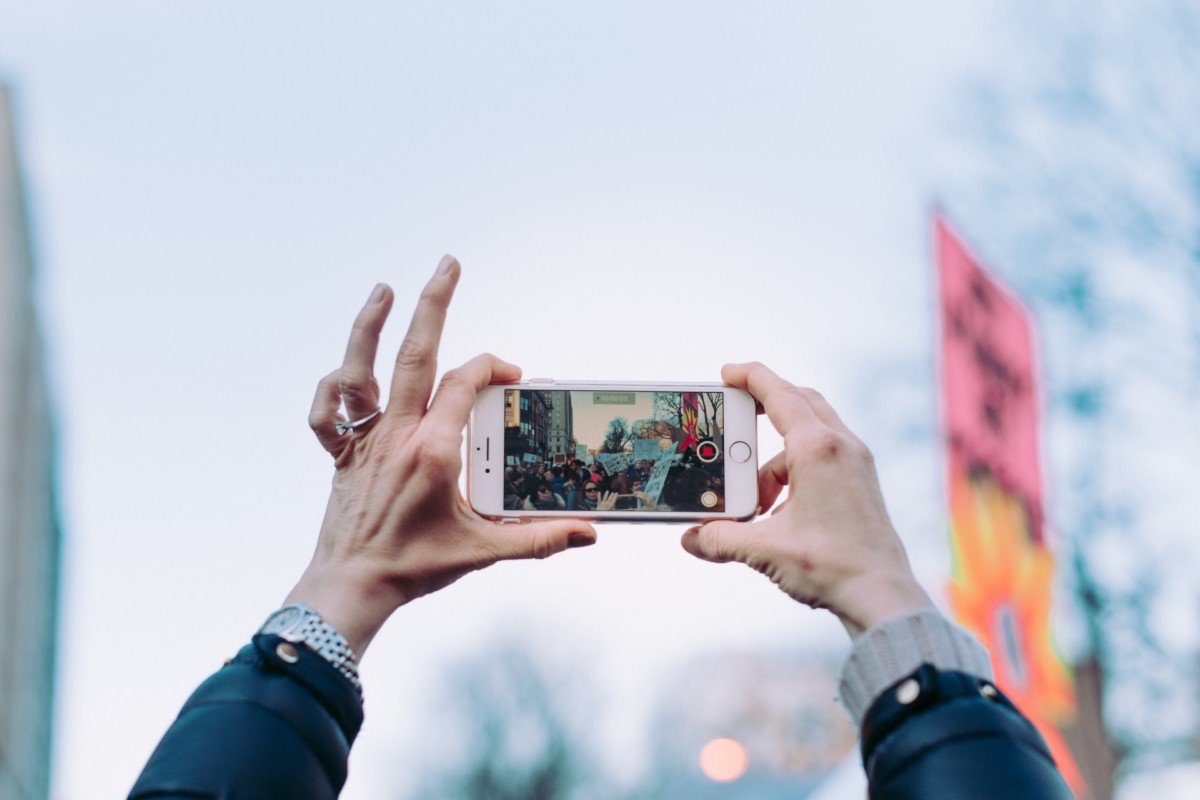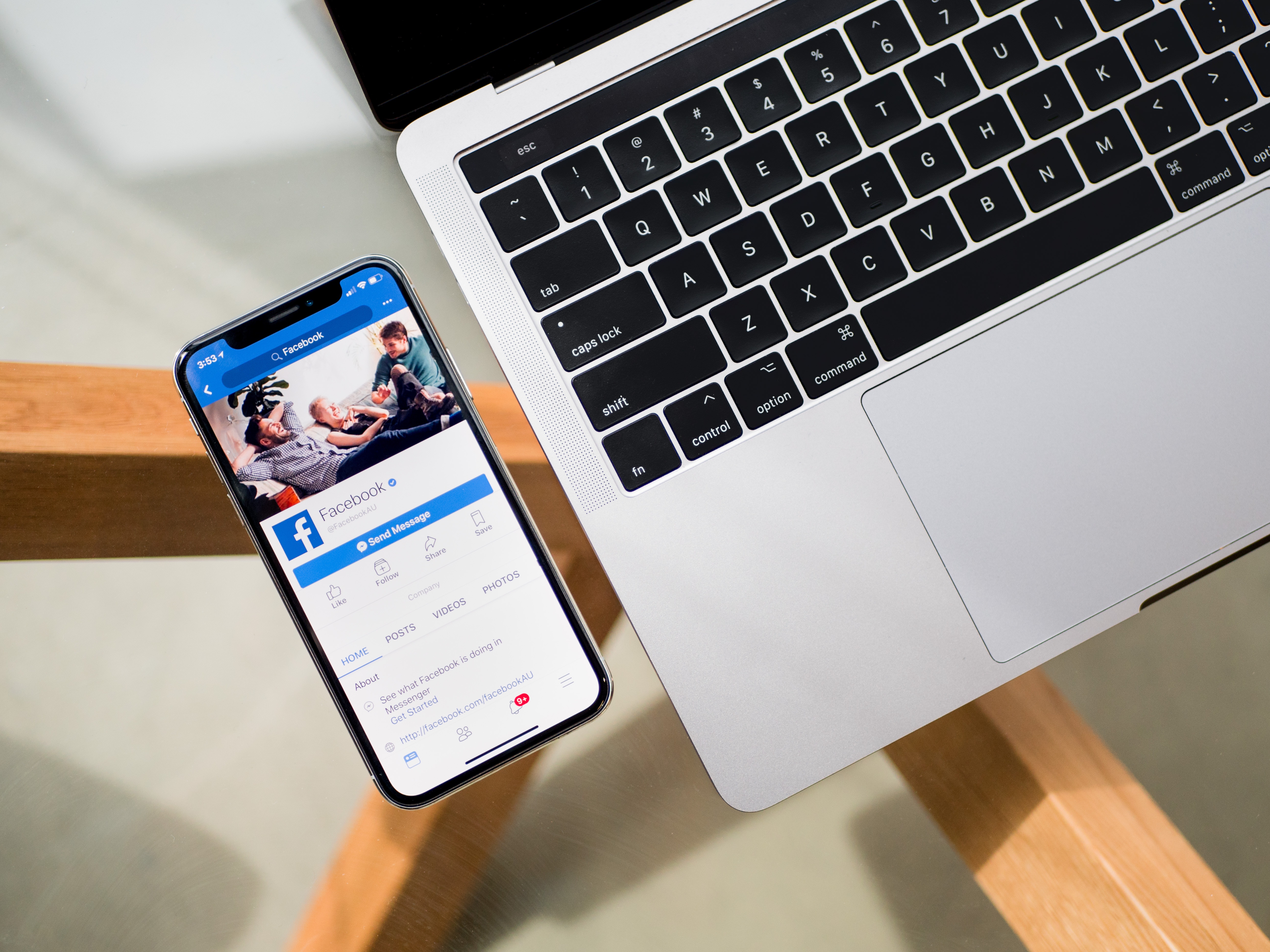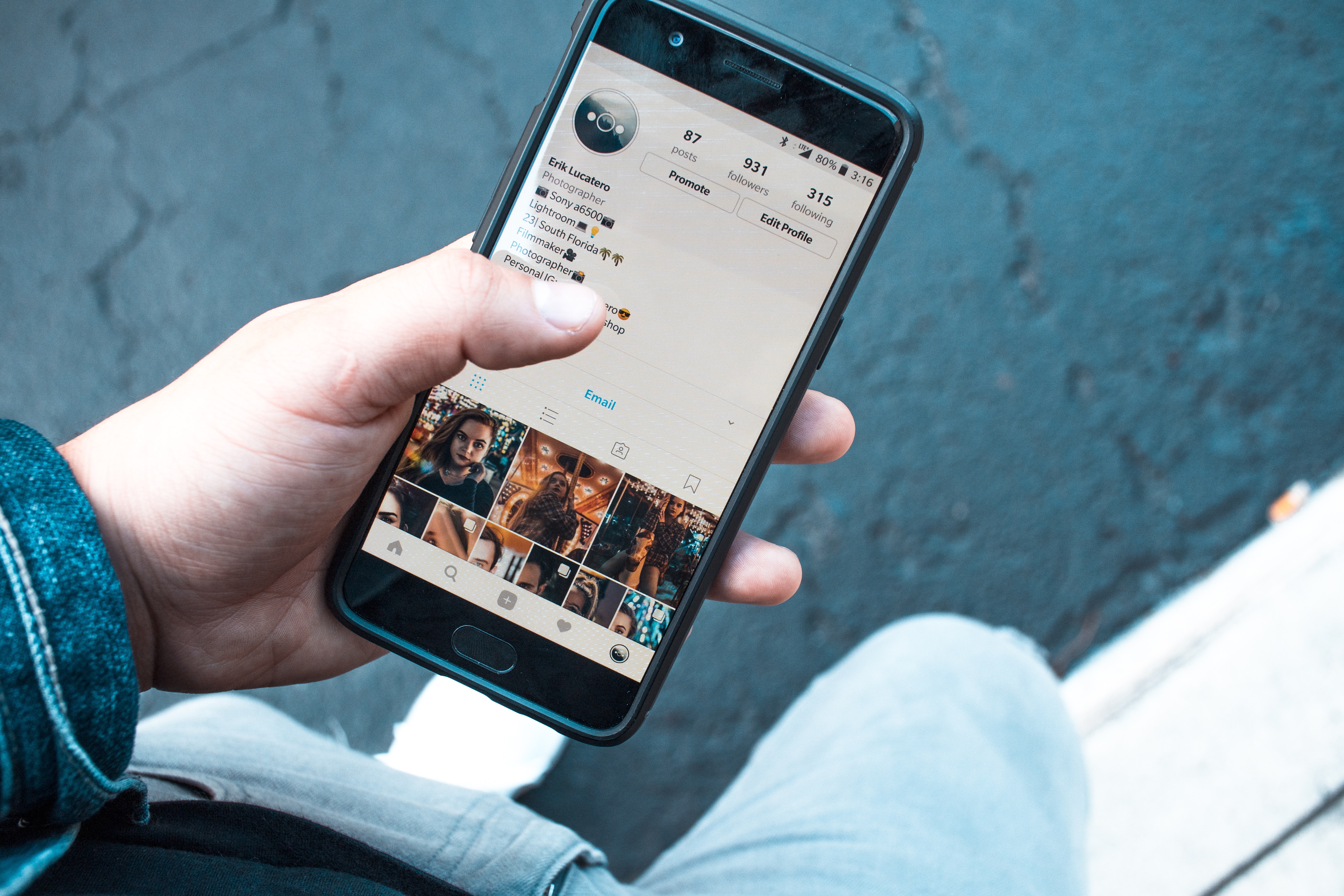The answers to your 8 most-pressing social media questions
- Opinions
- 10-19-2018 11:13 am
- Fréderic Gonzalo


Fréderic Gonzalo
Frédéric Gonzalo is a conference speaker and strategic consultant with more than 20 years of experience in communications and tourism marketing.
Frederic Gonzalo, speaker and strategist, and long-time columnist for PAX magazine, weighs in on some of the most frequently asked questions (and answers) regarding the use of social media.
1. Should we be present on all social media?
No, it is not necessary to have an account on all social media, but you must be curious and try to understand how the different platforms work and try to understand who uses those platforms.
The key is to identify which platforms enable you to reach critical mass among your target audience of past, current and potential customers. It's up to you to determine it according to your target clienteles.
2. What is the ideal publication frequency?
There was a time when we did not want to publish more than once a day on Facebook. Is this still true? No. Because of the algorithm that filters the content that we see in our feed of news on Facebook and Instagram, it becomes more and more difficult for a company to "show itself", so the question becomes one of relevance: Do you have relevant and interesting content to publish?

3. Should we respond to all comments?
No. It has been shown that beyond a certain threshold, the return on the effort to respond to all comments becomes negative. What is this threshold? 40%. That is, we should generally respond to 40% of the comments and opinions left on a Facebook page or TripAdvisor, for example.
We should answer all negative opinions, either "one star" or "two stars". Do you receive a "three star" rating? An answer is needed every second or three times out of four, because a "three-star" opinion is usually synonymous with some dissatisfaction. For the "four stars" and "five stars", we will want to answer 20 to 25% of the time, depending on the relevance and nature of the commentary left.
4. Is there a magic formula for a publication to become viral?
There is no magic recipe, but some content works better than others. For example, on Facebook, we know that asking questions generates interaction, especially "Likes" - but it's the videos that generate the most shares and therefore, are likely to get the best potential for virality. Today, video creation is much less complex than in the past, and you can do a Facebook Live, a YouTube Live or a live Twitter feed directly from your smartphone.

5. Facebook or personal website?
This question is rarely asked to me so directly, but it is often implied when I hear agents tell me that they have a good presence on Facebook ... and nothing else. If Facebook disappeared tomorrow morning, what would happen? Well, I agree, Facebook will not disappear overnight, but as we know that your organic publications reach a minority of people - 5 to 10% of your subscribers on average, in 2017, how do we ensure the sustainability of your online presence?
For me it is clear: it is not a matter of choosing between Facebook or your website. I would prioritize the website because it is a platform that belongs to you (or owned media, in the terminology of the Content Marketing Institute). For example, you should post content on your website - in the blog, news, promotions, or other section - and share it on social media, including Facebook.

6. Do newsletters still work?
Yes, and they produce very good results. If you don't use these, it's ok, but you leave the field open to your competitors... and if you insist: there are still two times more email addresses in circulation around the world today, than there are users on all social media combined! When we look at the statistics for an average newsletter in the travel field, we see opening rates of 20-25% and click rates between 4-6%.
7. Is there a better time to post on social media?
The frequency of publication is less of an issue today, but the "timing" of your mailings remains an important aspect in the success of your publications. Because, yes, there are one or more moments to publish on social media. With Facebook, just watch when your audience is active online. This information can be found in the "Statistics" section of your page.
As for Instagram, Twitter or LinkedIn, it is less obvious to know which is the best time to publish. You can, of course, test publications at different times to detect a trend, but I recommend using tools like Hootsuite, Buffer, or SproutSocial that publishes at the best of times, with features built into the platform.

8. Does advertising on Facebook actually work?
Yes! Facebook advertising has proven potential, and yes, it can reach targeted audiences.
If your goal is strictly sales-oriented, Facebook is not necessarily the tool of choice. Yes, you can encourage event registration, increase website traffic, or download a mobile app, but remember, we're not on Facebook for the same reasons we're doing a search in Google.
In other words, it's often as relevant to run campaigns with AdWords as it is to bet on Facebook Ads, depending on what you're trying to do: increase brand awareness, drive traffic, drive conversions, and more. Know why you plan to run an advertising campaign with Facebook; it will then be easier for you to measure the effectiveness of your efforts.

Standards and good practices
- Facebook: One or two posts per day, spaced at least an hour if possible
- Instagram: One publication per day maximum
- Instagram Stories: no limits
- Twitter: It depends on the news you have to share
- LinkedIn: One publication per day maximum
- Pinterest: No pins or repins, but it's better to space publications to get better reach
- Snapchat: No limit


